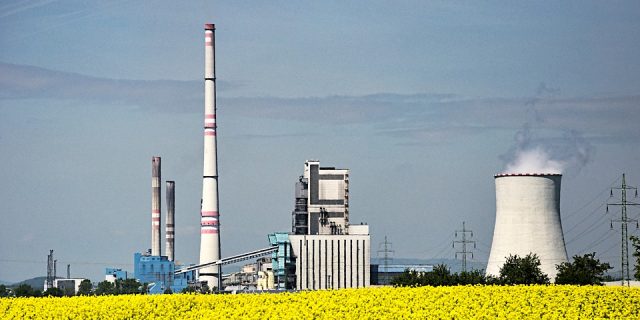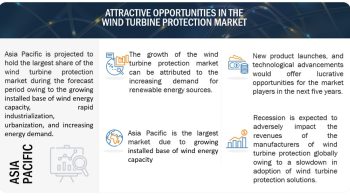
The global Biomass Gasification Market is expected to grow from USD 29 million in 2022 to USD 45 million by 2027, at a CAGR of 8.9% during the forecast period. The biomass gasification market size refers to the total market value of biomass gasification systems, which are used to transform biomass feedstocks such as wood chips, agricultural waste, and municipal solid waste into a clean-burning fuel gas. Biomass gasification is a sustainable alternative to fossil fuels, reducing greenhouse gas emissions and promoting energy independence. Government support for renewable energy, the need for energy security and rural development, and the growing need for clean energy solutions are driving the biomass gasification market. The global biomass gasification market is predicted to expand rapidly over the next few years, owing to technological developments, increased investment in bioenergy projects, and rising demand for sustainable energy solutions.
The factors driving the market include the demand for syngas from green chemicals producers and the power generation industries. The biomass gasification market has promising growth potential due to the rising deployment of combined heat and power plants and the rising use of bioethanol.
Download PDF Brochure: https://www.marketsandmarkets.com/pdfdownloadNew.asp?id=105152418
Global biofuel demand has been increasing gradually due to the rising focus of countries on achieving net zero-emission targets. According to Statistical Review of World Energy 2022, the total biofuel consumption in 2021 was 1,837 thousand barrels of oil equivalent per day worldwide. Biofuels reduce greenhouse emissions by up to 65%. The demand for suitable biofuel crops is rising due to the increasing biofuel production, supporting the agricultural industry. Biofuels are less expensive for buildings, companies, and automobiles.
Several countries worldwide are trying to move away from dependence on oil imports. According to the Renewable Energy Directive (RED), the European Union had set a goal of covering at least 20% of its total energy demand from renewable sources by 2020. Similarly, the US Renewable Fuels Standards Program was created to reduce greenhouse gas emissions and expand the US renewable fuel sector. Biofuels are the most efficient alternative to fossil fuels because they can be produced locally.
Europe is a significant contributor to the biomass gasification market in the current scenario owing to the rapidly increasing cost-competitiveness of gasifier technology, which enable consumers to have access to clean transportation fuel.
Request Sample Pages: https://www.marketsandmarkets.com/requestsampleNew.asp?id=105152418
Asia Pacific is expected to be the largest region in the Biomass Gasification Market
Asia Pacific is the largest market for biomass gasification owing to the abundant availability biomass feedstock of and increasing government initiatives for the bioenergy. The growth of the Asia Pacific market is characterized by the increase in the production of electricity for rural areas and green fuel due to higher demand from the petrochemical industry.
Key Market Players:
Major players operating in the Biomass Gasification Market include Valmet (Finland), EQTEC (Ireland), ThyssenKrupp AG (Germany), Mitsubishi Heavy Industries, Ltd. (Japan), Enerkem (Canada), and Ankur Scientific Technology (India).


